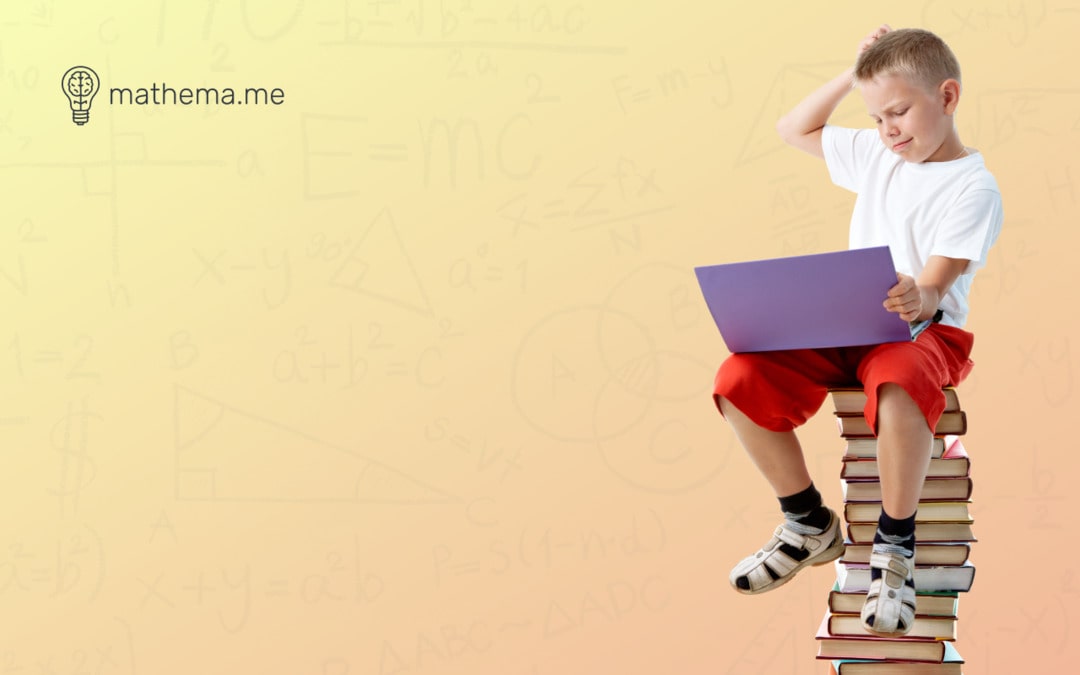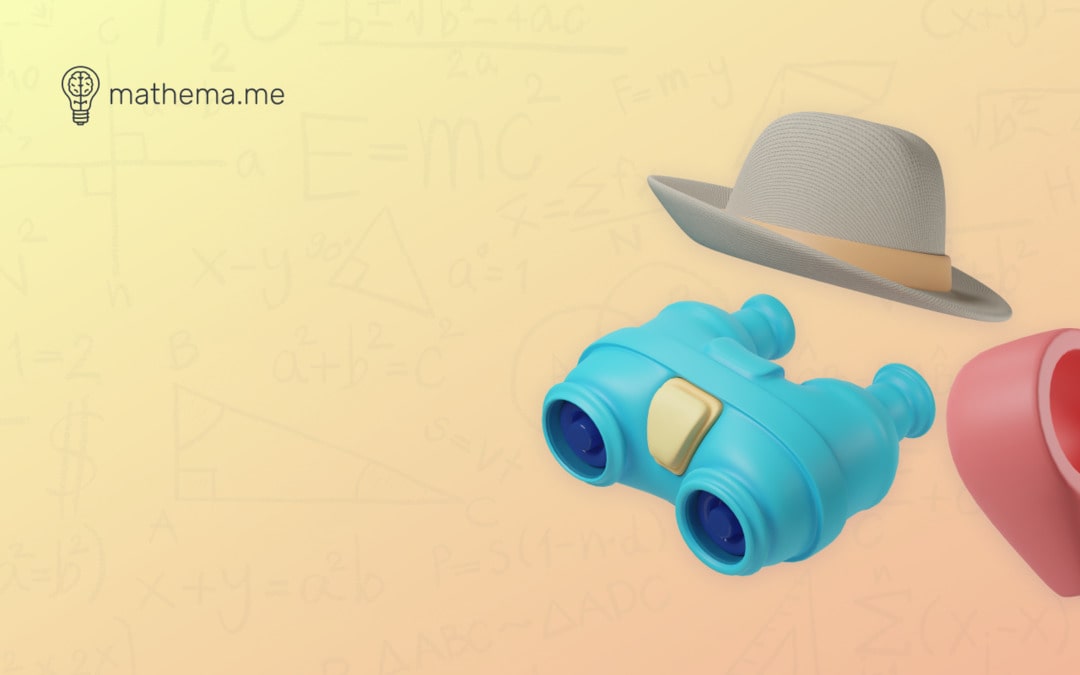Hey parents, ever wondered how to break down the concept of percentages to your kiddo? It’s not as hard as it seems, and I’ve got some tips to help you out.
So, we all know math can be a bit of a challenge, especially for the little ones. Things like fractions, that pesky multiplication table, and figuring out percentages can be real head-scratchers. And let’s face it, when these tough topics pop up, it’s easy for kids to feel overwhelmed and maybe even want to throw in the towel on math.
But here’s where Mathema comes in to save the day! We’re diving into how you can help your child get the hang of calculating percentages – trust me, it’s simpler than it sounds. Plus, I’ll share some cool and engaging percentage problems that not only make learning fun but also give a clearer understanding of what percentages are all about. Ready to turn your little one into a percentage pro?
How to Explain to a Child What a Percentage Is?
So, think of a percentage as a slice of a big pie. If the whole pie is 100%, then each slice is a part of that. Like, 25%? That’s just like saying 25 out of 100 slices, or a quarter of the pie. It’s the same as 0.25, just in a different costume.
Here’s a cool fact: percentages and fractions are basically cousins in the math world. They’re just two different ways to talk about the same thing. But, you know, just throwing theory at kids isn’t going to make it stick. They need something fun and relatable.
That’s where Mathema’s tutors shine. They use stuff your child loves – like soccer, video games, art, you name it – to make math real for them. Imagine this: your child loves soccer, right? So, the tutor might say, “Imagine a player takes 10 penalty shots. He nails 8 and misses 2. What’s his goal-scoring percentage?” This way, math doesn’t just stay on the page; it comes alive.
And get this: during the first lesson at Mathema, the tutors don’t just teach. They’re like detectives, figuring out what makes your child tick, what they’re good at, and what they need help with. Then, they whip up a learning plan that’s as unique as your kiddo. Want to know more about this awesome first lesson? Check out the link for the details.
How to Calculate a Percentage of a Number?
Here’s the deal: take the number you’re curious about and split it into 100 pieces. That’s your starting point. Then, to find a certain percentage of that number, just multiply those pieces by the percentage you want. So, let’s say you’re wondering about 20% of 60. All you do is divide 60 by 100 and then multiply by 20. It’s like a little math magic trick! Let me show you how this formula works with this example.

Think of a as the number you’re trying to find the percentage of. p represents the percentage rate, and b stands for the percentage value of the number.
When we plug our numbers into the formula, like this: 60 × 20 ÷ 100, it turns out to be 120 ÷ 100, which equals 12. So, 20% of 60 is 12.
There are some handy, easy-to-remember shortcuts for calculating percentages of a number. It’s great if your child can memorize them, but it’s even better if they really get the logic behind them.
Here’s how they go:
- To find 1% of any number, just divide it by 100.
- For 10%, divide the number by 10.
- To get 25%, divide it by 4.
- And for 50%, you simply divide it by 2.
How to Calculate a Number Based on Its Percentage?
Take this for instance: if 25% of a number is 16, we can use a simple formula to work out what that number is. Let me show you how it’s done.

So, ‘a’ is the number we’re looking at, ‘p’ is the rate of percentage we’re dealing with, and ‘b’ is what that percentage turns out to be of the number.
Let’s break it down: if we take 16 and apply the formula, we multiply it by 100 and then divide by 25, ending up with 64. It’s the same idea when you’re trying to work out the original number from its percentage, except you swap out division for multiplication.
Several simple ways to find a number from its percentage:
- To find a number whose 1% equals n, you need to multiply n by 100.
- To find a number whose 10% equals n, you need to multiply n by 10.
- To find a number whose 25% equals n, you need to multiply n by 4.
- To find a number whose 50% equals n, you need to multiply n by 2.
Ways to Assist Parents in Explaining Percentages to Children
At Mathema, our tutors don’t solely rely on formulas when teaching percentages. The key to success in this subject is gaining a deep understanding of how percentages work, and we achieve this through real-life examples and simple problems at the beginning. Parents can also play a role in helping their children understand percentages by following these tips.
One effective method for engaging with percentages is using money. When you go shopping, bring the receipt and ask your child to calculate what percentage, for instance, the cost of groceries represents out of the total amount spent. Explain that this information is important, and you need their assistance. These tasks can help children comprehend percentages and develop financial literacy.
Don’t hesitate to let your child use a calculator. Sometimes, percentage calculations can result in complex decimal numbers that are challenging to compute mentally. Allow your child to use practical methods and verify the results using an online percentage calculator available on the internet. Keep in mind that the key rule is for the child to understand what they are calculating and why.
Consider the assistance of math tutors. Tutors can professionally help a child grasp the concept of percentages quickly and make progress. The school curriculum is extensive, and students who fall behind may struggle with test scores and year-end results.
You don’t necessarily need to schedule daily extra lessons but focus on enhancing your child’s knowledge when necessary. Mathema tutors frequently prepare children for tests, aid in understanding challenging topics, and assist with homework assignments. A few lessons can make a significant difference, and afterward, the child can continue learning independently until they encounter another challenging topic.



